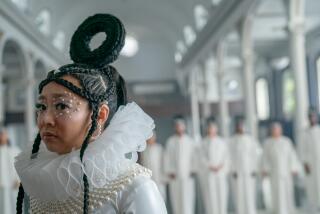Daruma Dolls
In Japan, a politician has just been elected. Jubilantly, he holds a red papier-mache, roly-poly, armless, legless doll with a fierce-looking whiskered face depicting a nose and a mouth but only one eye. He paints in the second eye.
What does it mean?
The act is tied to the belief that before starting a new venture, people should obtain one of these dolls, make a wish and draw only one eye on its face. Should the wish come true, they add the second eye. If their wish doesn’t come true, especially at New Year’s in Japan, they go to shrines to buy new dolls and toss the old ones into a bonfire.
Called daruma dolls, these charms refer to the 6th century founder of Zen Buddhism, who is said to have reached enlightenment after sitting motionless in meditation while facing a cave wall for nine years, causing him to lose the use of his arms and legs. He sat without moving or blinking his eyes and removed his eyelids so that he wouldn’t sleep.
In Japan as well as in Japanese gift shops in the U.S. you can purchase these blank-eyed daruma dolls. They have rounded, heavy bottoms so if they’re tipped over, they bounce back, demonstrating the power of not giving up.
*
Norine Dresser’s latest book is “Multicultural Celebrations” (Three Rivers Press, 1999). E-mail: [email protected].
More to Read
Sign up for The Wild
We’ll help you find the best places to hike, bike and run, as well as the perfect silent spots for meditation and yoga.
You may occasionally receive promotional content from the Los Angeles Times.






